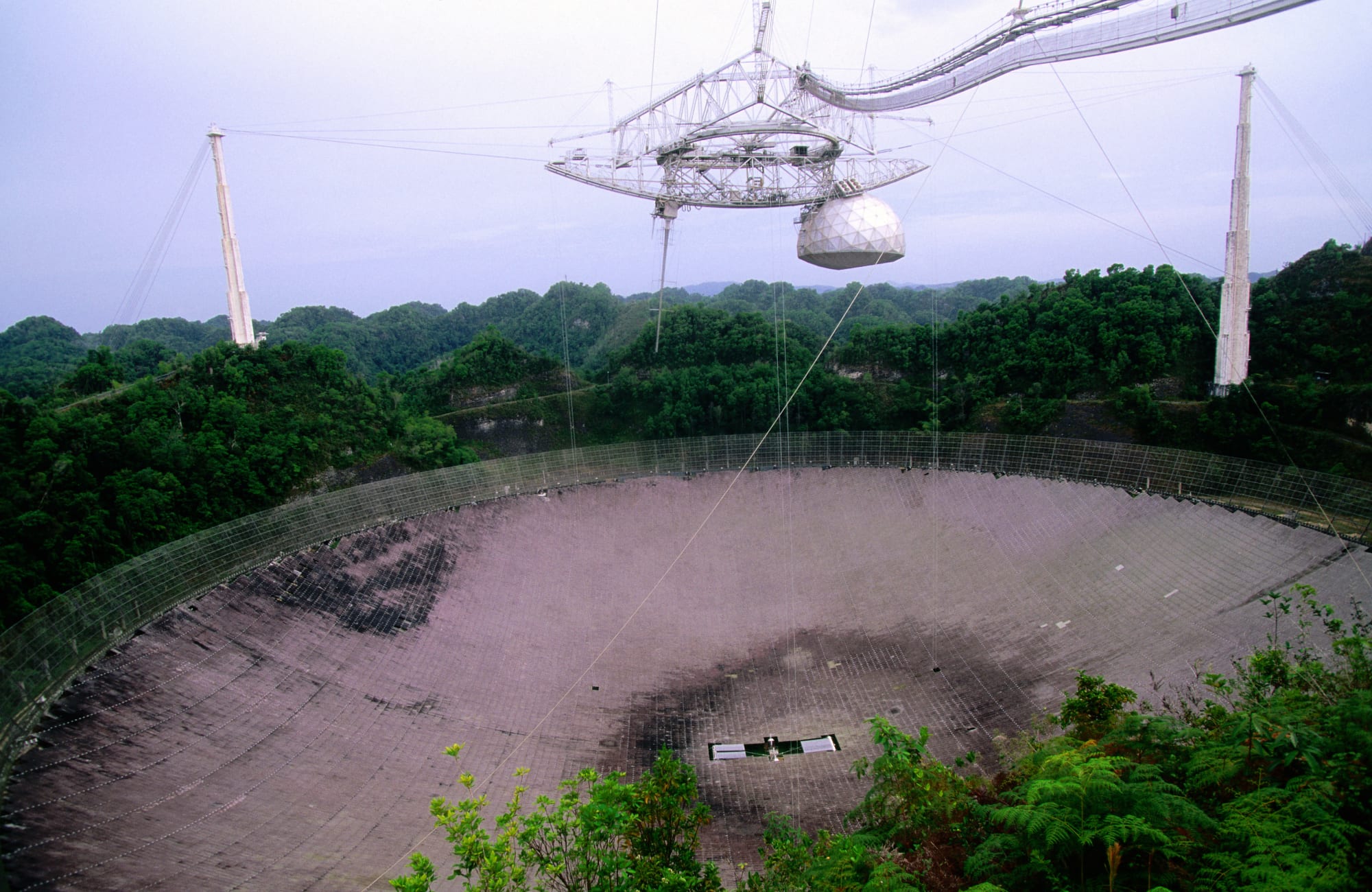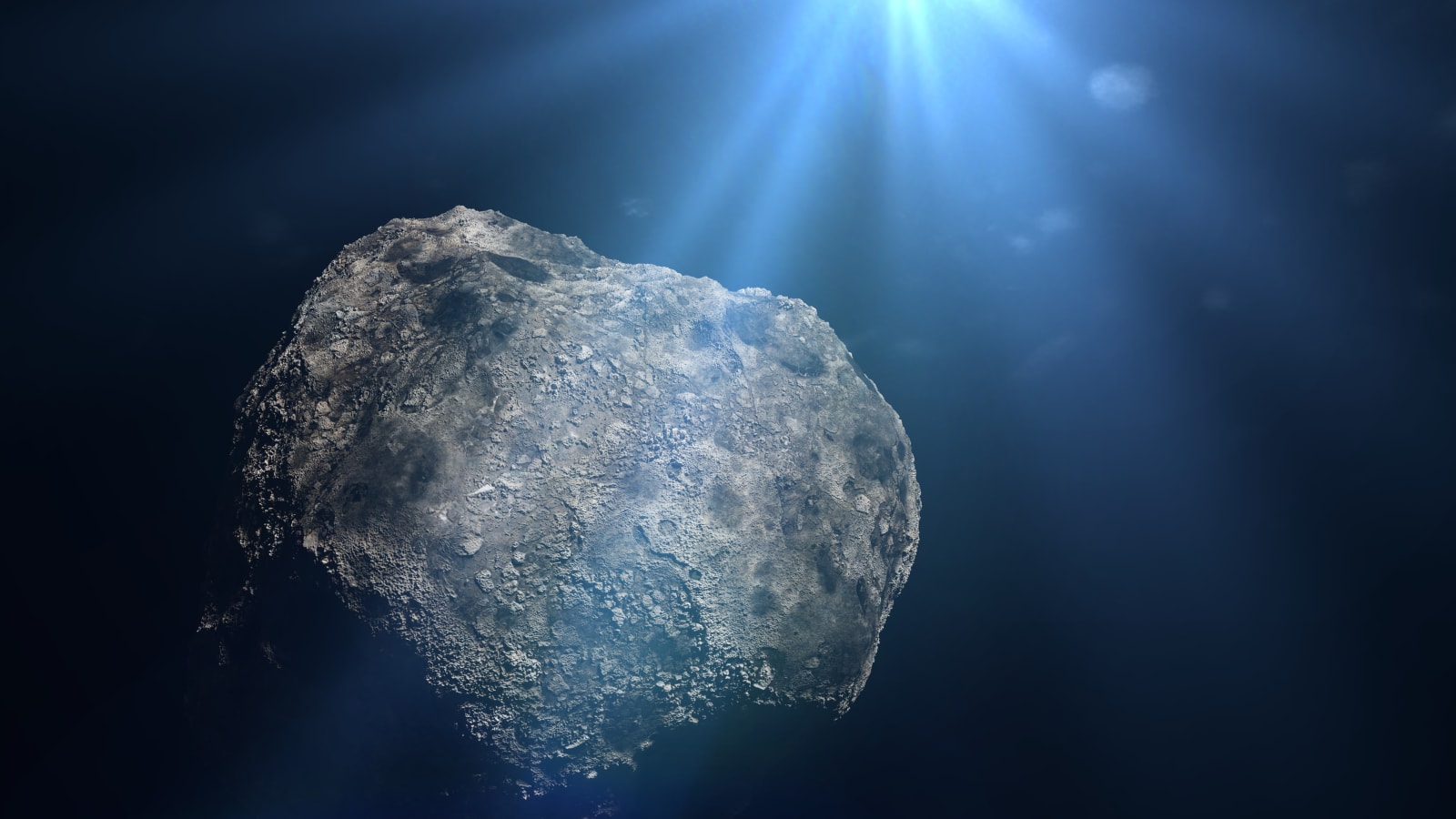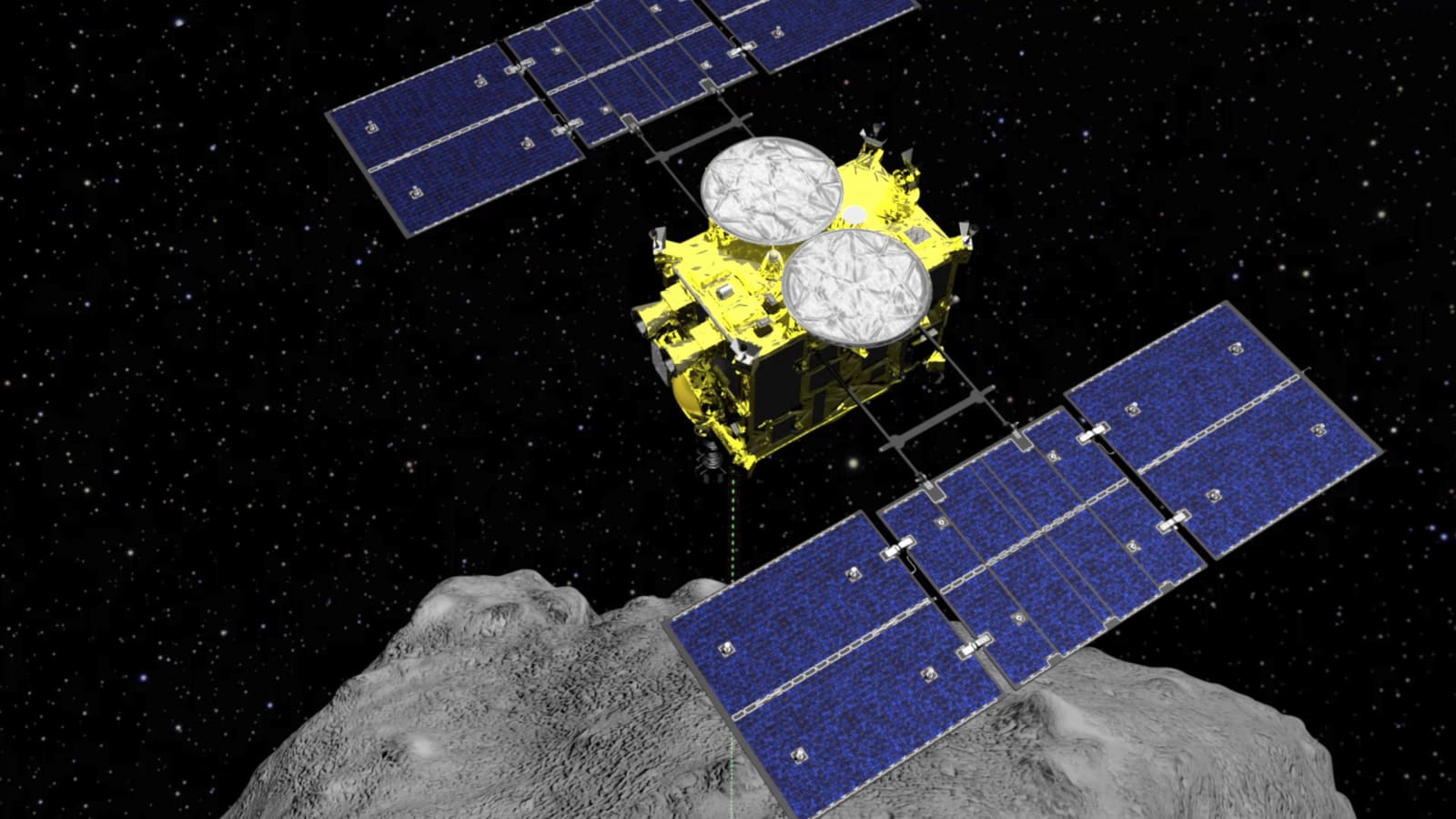There’s a lot of money in asteroid mining, and James Cameron is not the only one who knows that. NASA developed Swarmie robots, which are meant to forage asteroids in a manner that makes them similar to ants.
There are two main benefits to mining asteroids. First of all, some of them contain several times the amount of metals or water found on our beloved Terra. Secondly, it would be terribly counter-productive to get water and metals from Earth and transport them to our outposts in space. Google’s Eric Schmidt and film maker James Cameron are two of the key partners of Planetary Resources, a company that intends to identify and mine the commercially viable asteroids. NASA, on the other hand, is also confident that asteroid mining could take Earth’s economy to new heights, and proceeded to developing Swarmies, robots that resemble ants in the way they’re foraging.
Kurt Leucht, one of the engineers who developed NASA’s Swarmie robots, pointed out that “For a while people were interested in putting as much smarts and capability as they could on their one robot. Now people are realizing you can have much smaller, much simpler robots that can work together and achieve a task. One of them can roll over and die and it’s not the end of the mission because the others can still accomplish the task.”
Project lead Cheryle Mako noted that “This would give you something smaller and cheaper that could always be running up and down the length of the pipeline so you would always know the health of your pipelines. If we had small swarming robots that had a couple sensors and knew what they were looking for, you could send them out to a leak site and find which area was at greatest risk.”
Small at the moment, the Swarmie robots will need some rescaling in order to prove viable on asteroids. They’re packed with nothing more than a Wi-Fi antenna, a GPS system, and a webcam, so they’re not that impressive from that point of view. Still, it’s their “group mind” that sets them apart from other robots, and their capability of interacting with one another. In other words, the perfect recipe for the rise of the machines. We might have to say “Goodbye, Earth!” in a way we didn’t mean to.
As a bonus, here are a few infographics you should check if you want to learn about the potential of asteroid mining.
Be social! Follow Walyou on Facebook and Twitter, and read more related stories about the thousand-robot swarm created by Harvard scientists, and the

 NASA has ensured the Arecibo Observatory in Puerto Rico can continue its search for near Earth objects (NEOs) that pose a threat to the planet with a $19 million grant. The fund was awarded to the University of Central Florida, which operates the obs...
NASA has ensured the Arecibo Observatory in Puerto Rico can continue its search for near Earth objects (NEOs) that pose a threat to the planet with a $19 million grant. The fund was awarded to the University of Central Florida, which operates the obs...
 NASA has ensured the Arecibo Observatory in Puerto Rico can continue its search for near Earth objects (NEOs) that pose a threat to the planet with a $19 million grant. The fund was awarded to the University of Central Florida, which operates the obs...
NASA has ensured the Arecibo Observatory in Puerto Rico can continue its search for near Earth objects (NEOs) that pose a threat to the planet with a $19 million grant. The fund was awarded to the University of Central Florida, which operates the obs...
 The current US government relishes the thought of bringing business to space, and it's now eager to make deals with countries that share the same dreams. The US has signed a memorandum of understanding with Luxembourg in a bid to cooperate further o...
The current US government relishes the thought of bringing business to space, and it's now eager to make deals with countries that share the same dreams. The US has signed a memorandum of understanding with Luxembourg in a bid to cooperate further o...
 Forget bullets, Japan's Hayabusa2 spacecraft has detonated a bomb on the asteroid Ryugu to scoop up more samples. It deployed the device, known as the Small Carry-on Impactor (SCI) -- a 14kg copper container attached to the Hayabusa2 and packed with...
Forget bullets, Japan's Hayabusa2 spacecraft has detonated a bomb on the asteroid Ryugu to scoop up more samples. It deployed the device, known as the Small Carry-on Impactor (SCI) -- a 14kg copper container attached to the Hayabusa2 and packed with...



